Yard Drainage: Balancing Water Management and Aesthetic Appeal
When it comes to maintaining a beautiful and functional outdoor space, yard drainage is a critical aspect that often goes overlooked. Whether you’re dealing with frequent rainstorms or the occasional downpour, effective drainage solutions can prevent water from wreaking havoc on your landscape. But who says you can’t blend practicality with beauty? 🌿 In this blog post, we’ll explore how you can manage water in your yard while keeping things visually appealing.
Table of Contents
1. Introduction to Yard Drainage
2. Why Yard Drainage Matters
3. Effective Drainage Solutions
4. Aesthetic Considerations for Drainage
5. Conclusion
6. FAQs
Introduction to Yard Drainage
Yard drainage isn’t just about preventing puddles. It’s about safeguarding your home and landscape from potential water damage. But let’s face it, nobody wants ugly trenches running through their garden. The challenge is finding solutions that are both effective and pleasing to the eye.
Why Yard Drainage Matters
Water accumulation in your yard can lead to numerous problems, including soil erosion, plant rot, and even structural damage to your home. 🌧️ Not only can poor drainage create unsightly swampy areas, but it can also become a breeding ground for mosquitoes. Addressing these issues proactively can save you a lot of trouble—and money—in the long run.
Effective Drainage Solutions
There’s a range of drainage solutions available, each with its own set of benefits:
1. French Drains
A popular choice for homeowners, French drains are trenches filled with gravel or rock that redirect water away from problem areas. They’re effective and can be hidden under a layer of grass or decorative stones.
2. Dry Creek Beds
These are ideal for transforming a drainage problem into a landscape feature. A dry creek bed mimics a natural stream, guiding water through your yard while adding a rustic touch to your garden. 🏞️
3. Rain Gardens
Why not let nature do the work? Rain gardens are planted depressions that absorb and filter runoff. They not only manage water but also enhance biodiversity by attracting wildlife.
Aesthetic Considerations for Drainage
Integrating drainage solutions into your landscape doesn’t have to be a compromise on aesthetics. Here’s how you can keep things beautiful:
1. Choose the Right Materials
Select materials that complement your existing landscape. Use decorative stones, plants, or even sculptures to disguise drainage areas.
2. Incorporate Plants
Plants can be both functional and beautiful. Use native plants to create a seamless look that also supports local wildlife. 🌺
3. Design with Intention
Consider the overall flow of your garden. Integrate pathways, seating areas, and other features to create a cohesive design that incorporates your drainage solutions.
Conclusion
Balancing water management with aesthetic appeal in your yard is entirely possible with a little creativity and planning. By choosing the right solutions and integrating them thoughtfully into your landscape, you can protect your property and enjoy a beautiful outdoor space. 🌟
FAQs
1. How do I know if my yard needs better drainage?
If you notice standing water after rain, soil erosion, or dying plants, it’s time to consider improving your yard’s drainage.
2. Can I install a drainage system myself?
While some systems like rain gardens or simple French drains can be DIY projects, consulting with a professional can ensure optimal results, especially for complex issues.
3. What plants are best for a rain garden?
Native plants are ideal as they are adapted to local conditions and require less maintenance. Consider options like sedges, ferns, and rushes.
4. How costly is it to install a drainage system?
Costs can vary widely depending on the complexity and materials used. Simple solutions like rain gardens can be more affordable, while extensive systems may require a larger investment.
5. Can drainage solutions increase my property value?
Absolutely! Effective drainage not only protects your property but can also enhance its beauty and usability, potentially increasing its value.
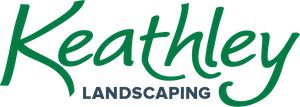
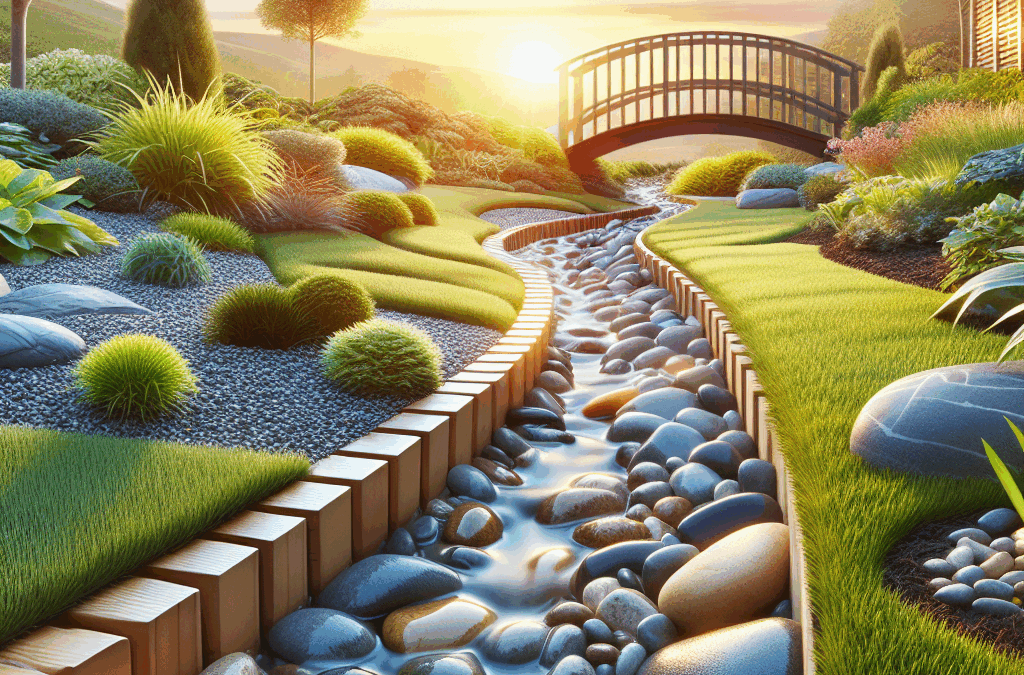
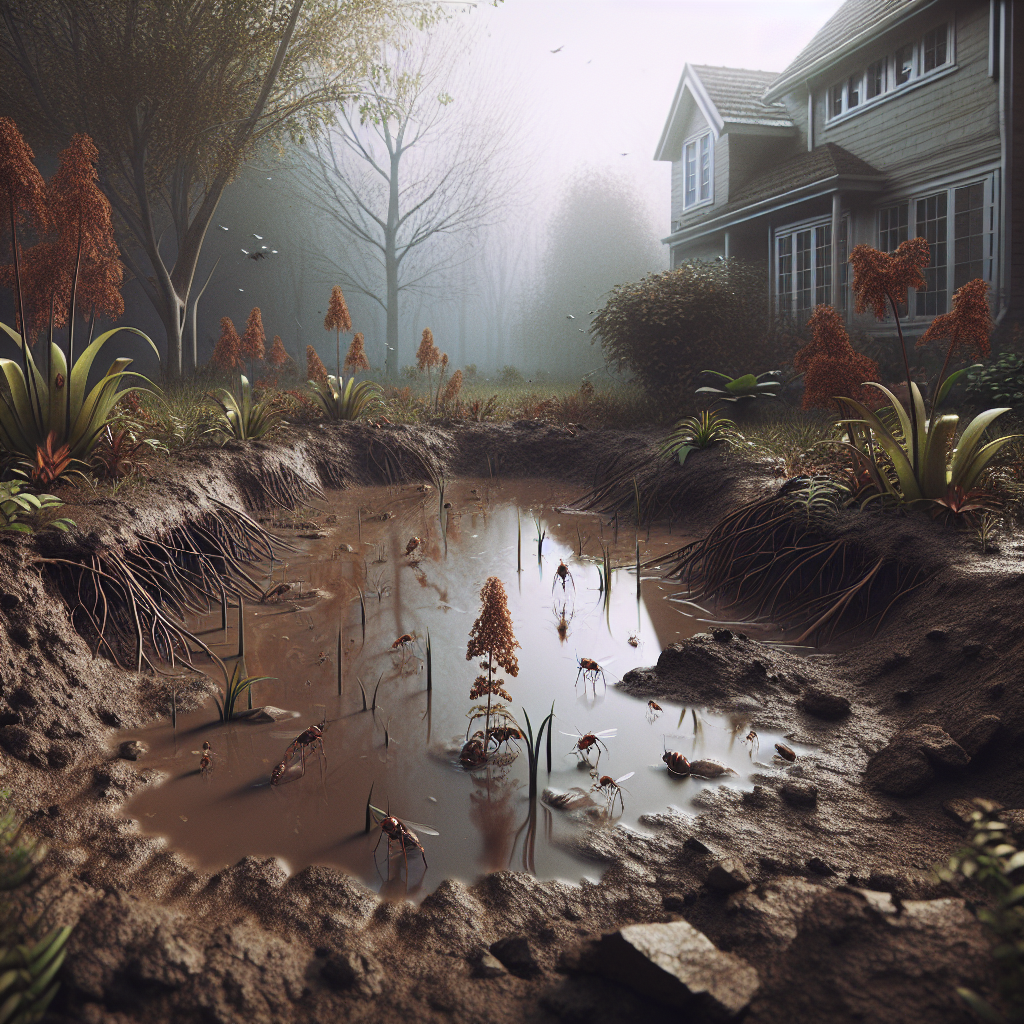
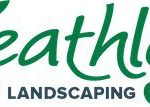
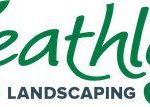
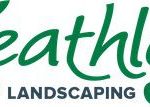
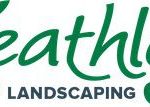
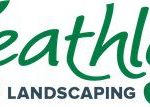
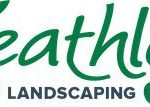
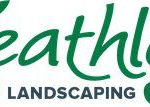
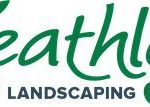
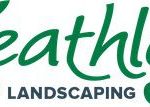
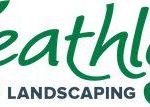
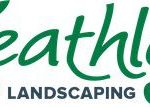
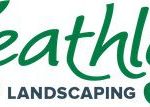
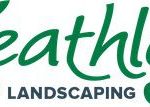
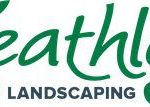
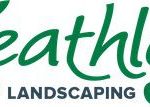
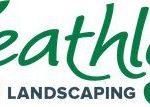
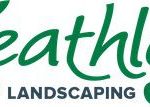
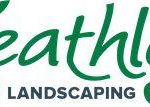
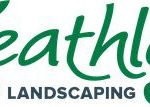
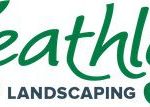
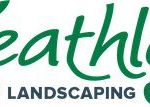
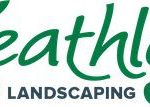
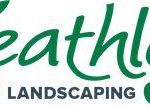
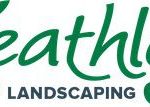
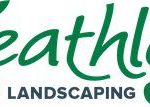
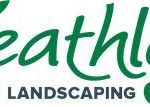
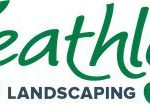
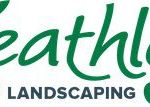
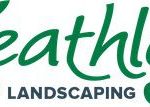
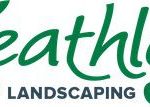
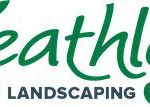
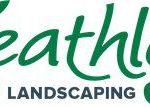
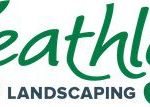
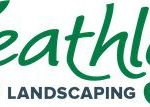
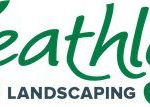
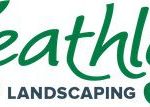
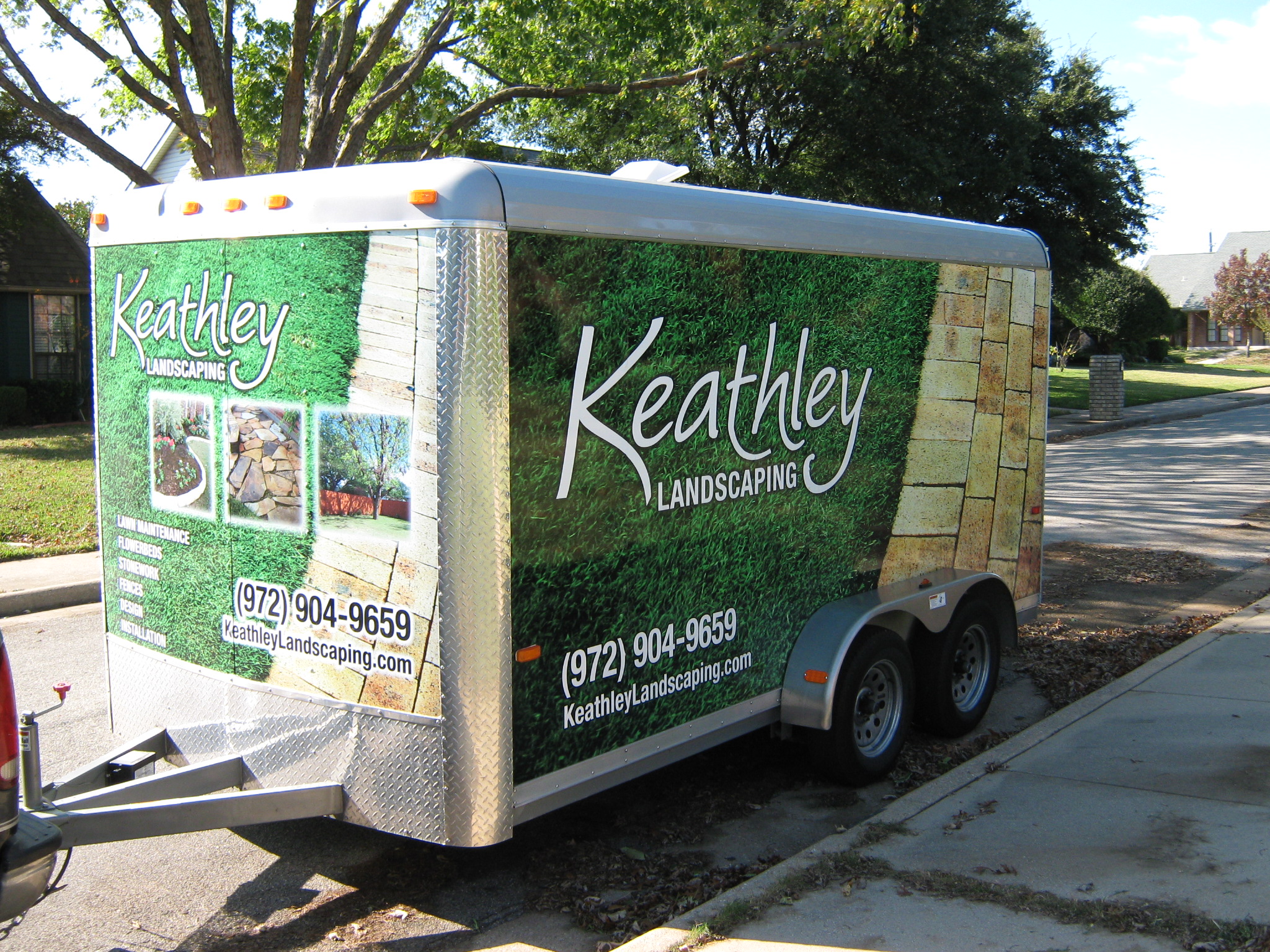
Recent Comments